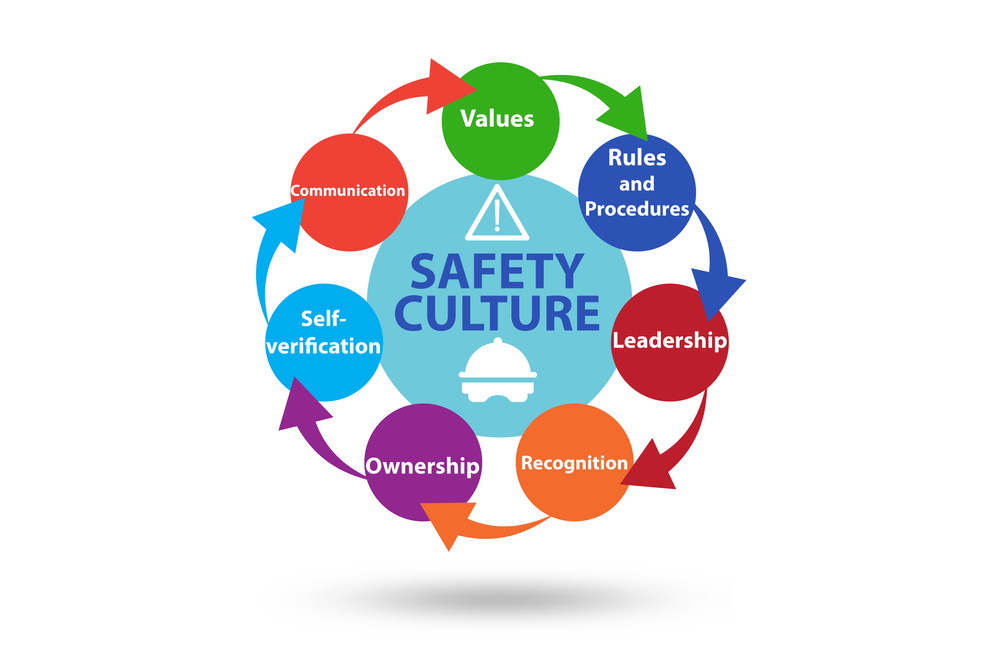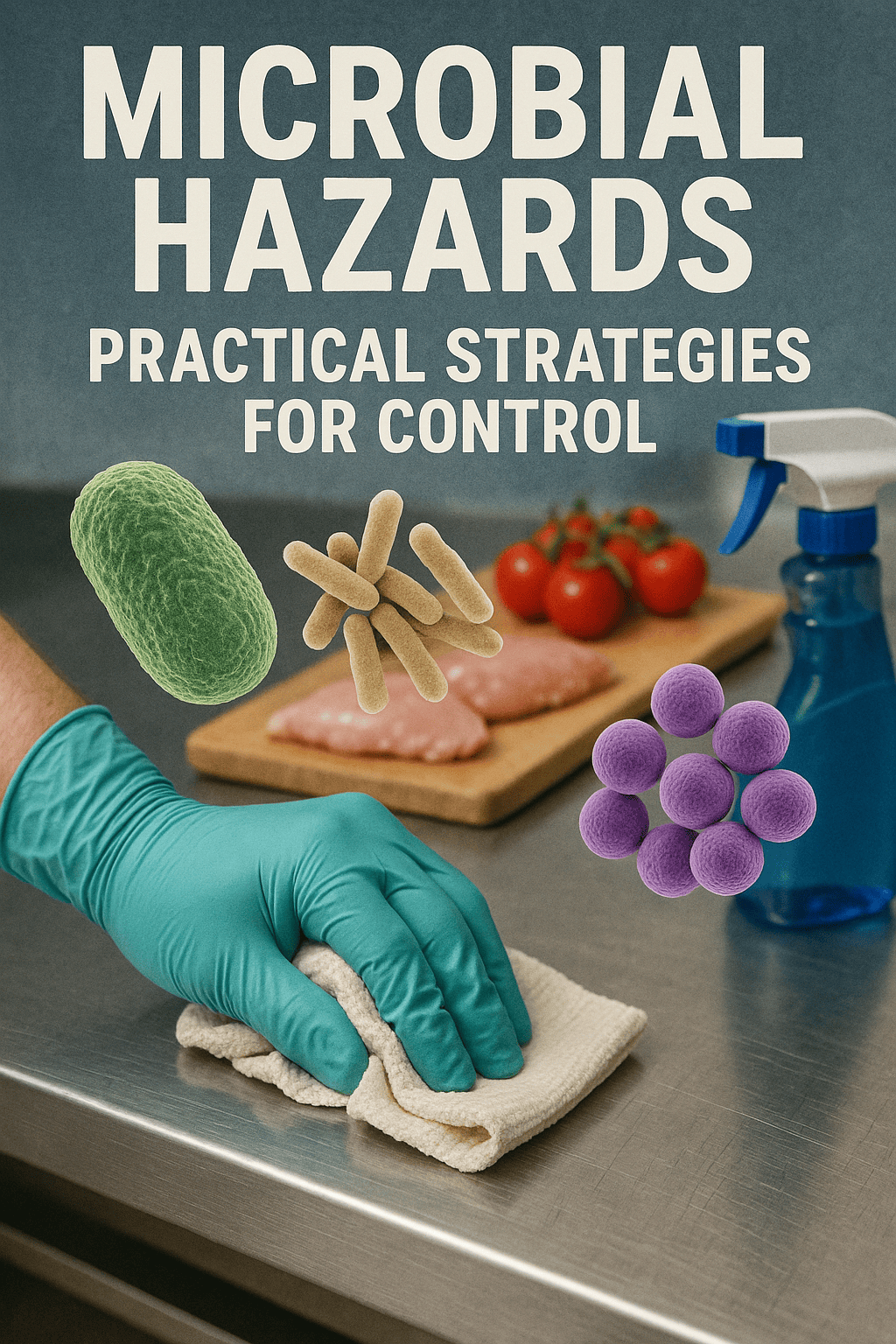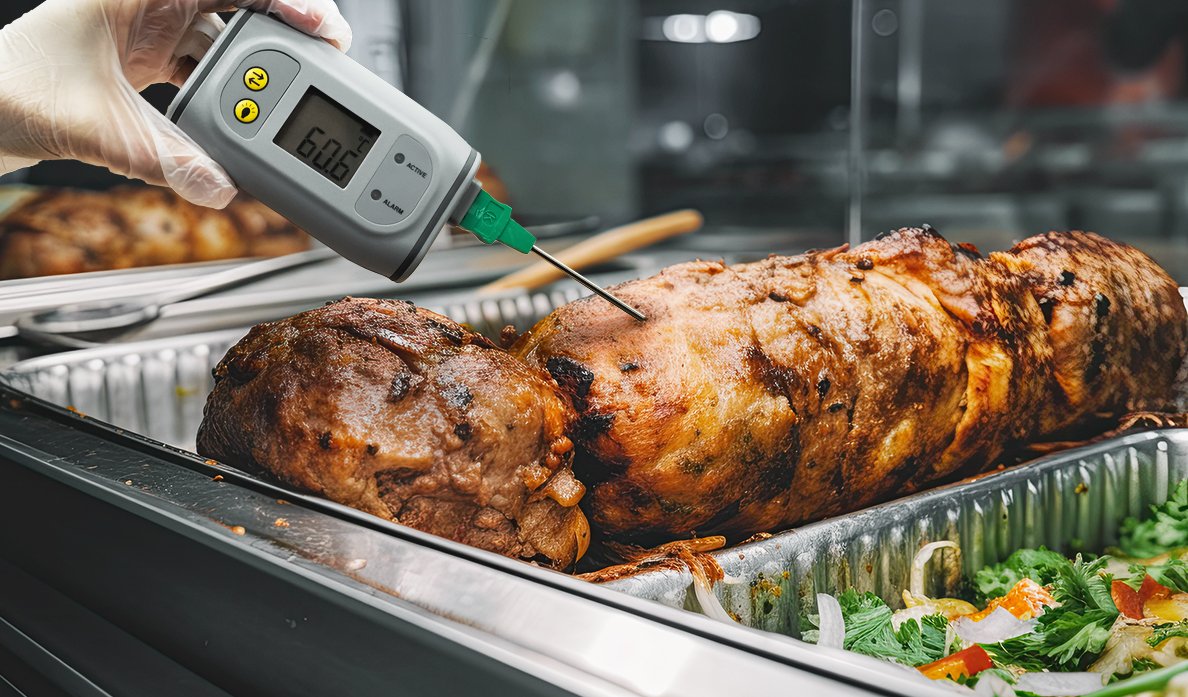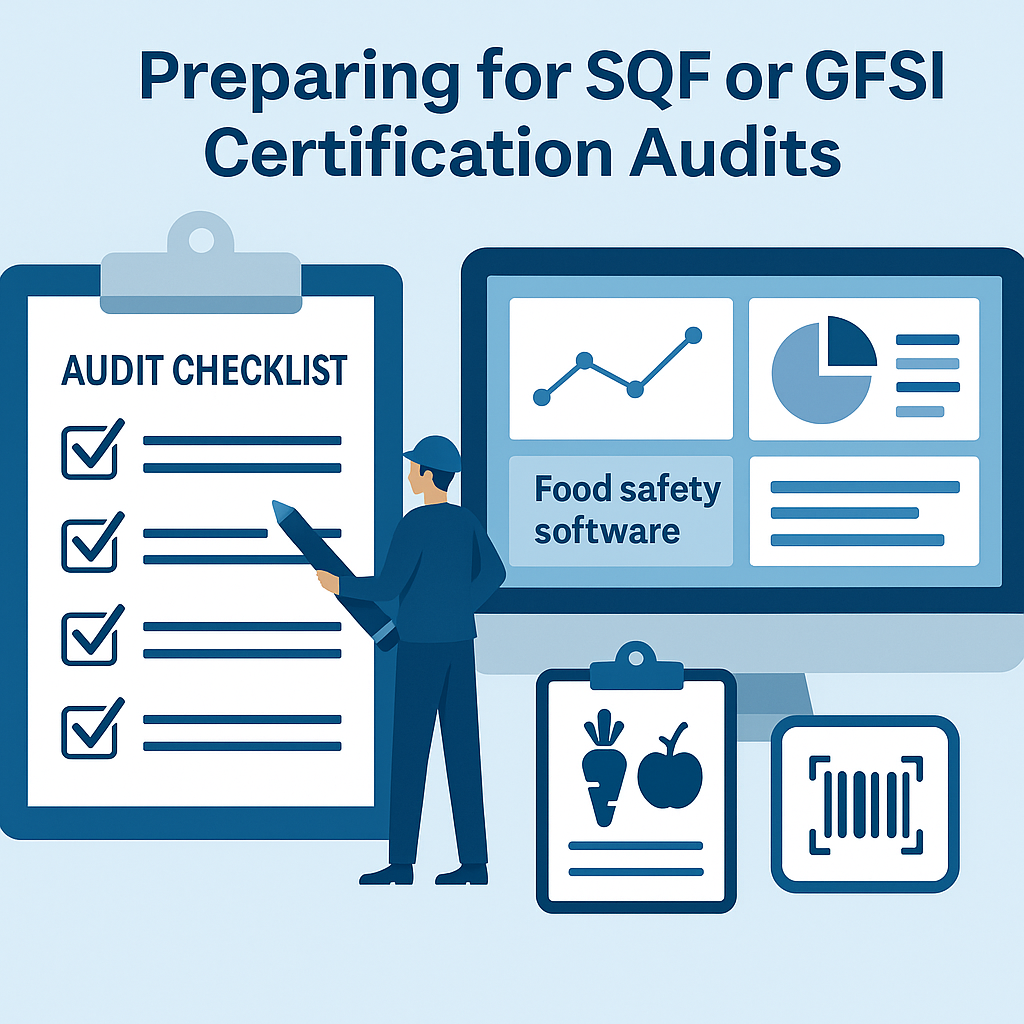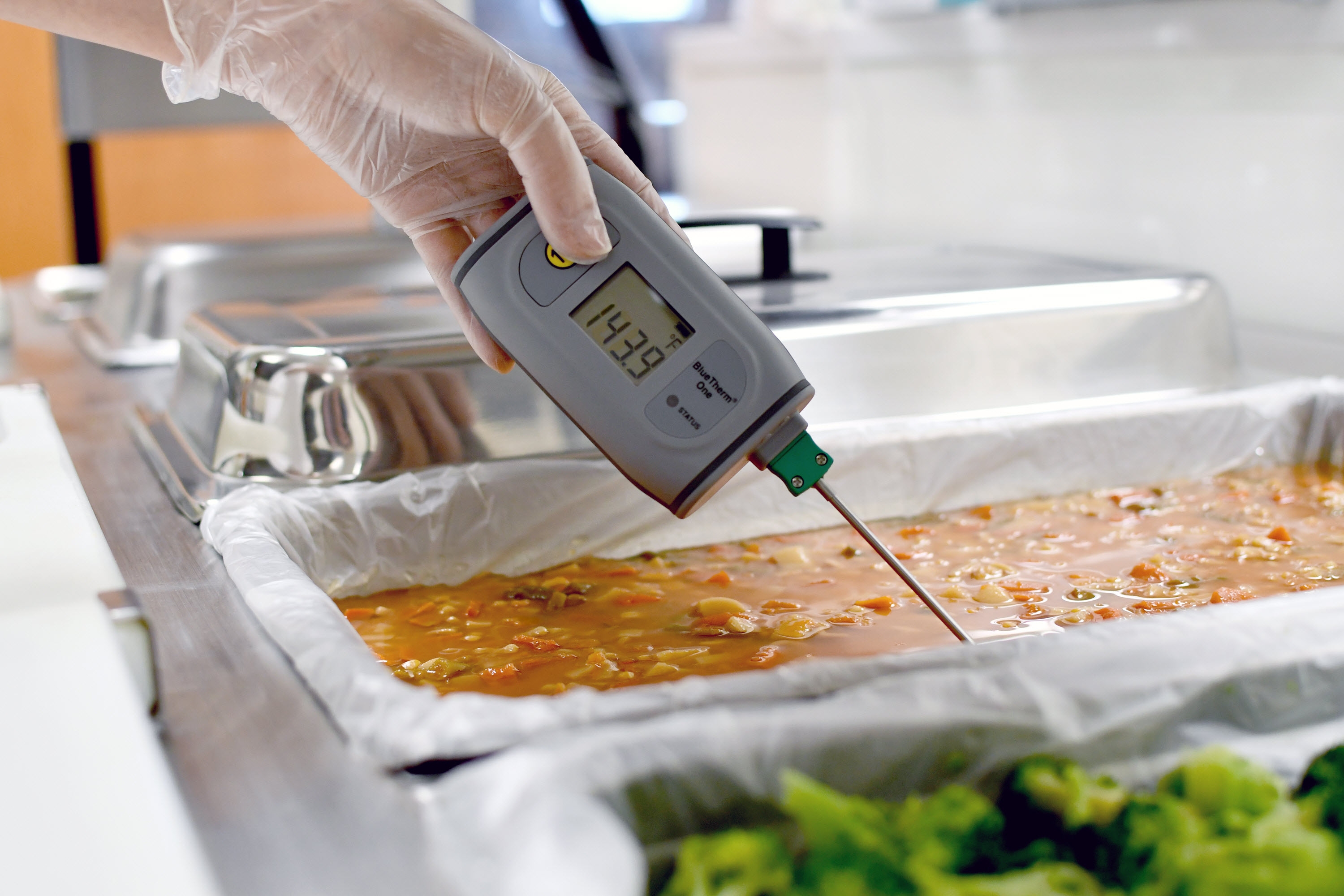Food safety is more than just a regulatory requirement; it's a fundamental aspect of an organization's responsibility to its customers and stakeholders. While meeting compliance standards is essential, fostering a proactive food safety culture goes beyond ticking boxes. It involves ingraining food safety into the very fabric of your organization’s ethos and daily operations. This blog delves into the importance of a proactive food safety culture and provides a step-by-step approach to building and maintaining it, complete with examples and practical insights.
The Importance of a Proactive Food Safety Culture
1. Customer Trust and Brand Integrity
In an age where information is readily accessible and consumer awareness is at an all-time high, maintaining a spotless record in food safety is paramount. A proactive approach to food safety helps build and maintain customer trust, ensuring that your brand remains synonymous with quality and safety.
2. Risk Mitigation
Proactively addressing potential food safety hazards reduces the risk of foodborne illnesses, recalls, and the associated financial and reputational damage. It enables organizations to identify and mitigate risks before they escalate into significant issues.
3. Operational Efficiency
A proactive food safety culture fosters a mindset of continuous improvement. By regularly reviewing and enhancing food safety protocols, organizations can streamline operations, reduce waste, and improve overall efficiency.
4. Regulatory Compliance
While a proactive culture aims to exceed compliance standards, it naturally ensures that regulatory requirements are met. This dual focus on compliance and proactive measures creates a robust framework for food safety management.
Building a Proactive Food Safety Culture: A Step-by-Step Approach
Step 1: Leadership Commitment
Example: Executive Sponsorship
A food manufacturing company can designate a C-Level executive as the food safety champion, responsible for driving food safety initiatives and ensuring alignment with organizational goals.
Leadership Commitment is the cornerstone of a proactive food safety culture. The commitment from the top echelons of the organization signals to all employees that food safety is a priority. This involves:
- Allocating Resources: Ensuring that adequate resources (time, budget, personnel) are dedicated to food safety initiatives.
- Setting Expectations: Clearly articulating the organization’s food safety goals and expectations.
- Leading by Example: Executives and managers should model the behaviors and attitudes they expect from their teams.
Step 2: Establish a Food Safety Management System (FSMS)
Example: Implementing Food Safety Software
Implementing a comprehensive food safety software solution, such as NORMEX, can streamline the management of food safety tasks and documentation, ensuring consistent and accurate record-keeping.
A robust FSMS provides a structured framework for managing food safety. It typically includes:
- Hazard Analysis and Critical Control Points (HACCP): A systematic approach to identifying, evaluating, and controlling food safety hazards.
- Standard Operating Procedures (SOPs): Detailed, documented instructions on how to perform tasks to maintain food safety.
- Training Programs: Regular training sessions for employees at all levels to ensure they understand food safety protocols and their roles in maintaining them.
Step 3: Foster Open Communication
Example: Feedback Channels
A food processing plant can establish anonymous feedback channels where employees can report food safety concerns without fear of retaliation.
Effective communication is vital for a proactive food safety culture. Organizations should:
- Encourage Reporting: Create an environment where employees feel comfortable reporting food safety issues.
- Provide Feedback: Regularly update employees on the status of reported issues and the actions taken.
- Promote Transparency: Share information about food safety incidents and lessons learned with the entire organization.
Step 4: Continuous Education and Training
Example: Regular Training Workshops
A catering company can organize monthly workshops focused on different aspects of food safety, such as cross-contamination prevention, proper storage techniques, and personal hygiene.
Continuous education ensures that all employees are up-to-date with the latest food safety practices and technologies. This includes:
- Initial Training: Comprehensive onboarding training for new hires.
- Ongoing Training: Regular refresher courses and updates on new regulations and best practices.
- Cross-Training: Training employees in multiple roles to ensure coverage and understanding of food safety from different perspectives.
Step 5: Engage Employees at All Levels
Example: Food Safety Ambassadors
A restaurant chain can designate food safety ambassadors in each location to champion food safety practices and motivate their peers.
Employee engagement is critical to fostering a proactive food safety culture. Strategies include:
- Empowerment: Give employees the authority to make decisions that impact food safety.
- Recognition: Acknowledge and reward employees who demonstrate exceptional commitment to food safety.
- Participation: Involve employees in food safety committees and task forces.
Step 6: Leverage Technology for Traceability and Monitoring
Example: Food Traceability Software
Utilizing food traceability software can enhance an organization’s ability to track and trace ingredients and products throughout the supply chain, ensuring rapid response to potential food safety issues.
Technology plays a pivotal role in modern food safety management. Key technological solutions include:
- Real-Time Monitoring: Implementing sensors and IoT devices to monitor critical control points in real-time.
- Data Analytics: Using data analytics to identify trends and predict potential food safety issues.
- Traceability Systems: Ensuring end-to-end traceability of food products to quickly identify and address contamination sources.
Step 7: Regular Audits and Inspections
Example: Third-Party Audits
A dairy manufacturer can engage third-party auditors to conduct regular, unannounced inspections to ensure compliance with food safety standards.
Regular audits and inspections are essential for verifying the effectiveness of your food safety management system. This involves:
- Internal Audits: Conducting regular internal audits to identify and address potential issues.
- Third-Party Audits: Engaging external auditors to provide an unbiased assessment of your food safety practices.
- Corrective Actions: Implementing and tracking corrective actions to address audit findings.
Step 8: Cultivate a Culture of Continuous Improvement
Example: Continuous Improvement Teams
A food packaging company can establish continuous improvement teams focused on identifying and implementing enhancements to food safety processes.
Continuous improvement is about constantly seeking ways to enhance food safety. This can be achieved by:
- Setting Goals: Establishing clear, measurable food safety objectives.
- Reviewing Performance: Regularly reviewing performance against these goals.
- Implementing Improvements: Making necessary changes to improve food safety practices and outcomes.
Step 9: Engage with External Stakeholders
Example: Supplier Partnerships
A bakery can work closely with its flour supplier to ensure that the supplier adheres to strict food safety standards, conducting joint audits and sharing best practices.
Engaging with external stakeholders, such as suppliers, customers, and regulatory bodies, helps ensure that food safety is maintained throughout the supply chain. This involves:
- Supplier Audits: Conducting regular audits of suppliers to ensure compliance with food safety standards.
- Customer Feedback: Actively seeking and responding to customer feedback on food safety issues.
- Regulatory Engagement: Maintaining open lines of communication with regulatory authorities to stay informed about changes in food safety regulations.
Fostering a proactive food safety culture requires commitment, collaboration, and continuous effort. By following the steps outlined above, organizations can create an environment where food safety is not just a compliance requirement but a core value. This proactive approach not only protects consumers but also enhances operational efficiency, mitigates risks, and strengthens brand reputation.
At NORMEX, we understand the challenges of maintaining high food safety standards. Our comprehensive food safety software solutions are designed to help you streamline your food safety management processes, ensuring that you not only meet but exceed regulatory requirements. To see how NORMEX can support your food safety initiatives, we invite you to book a demo today.

